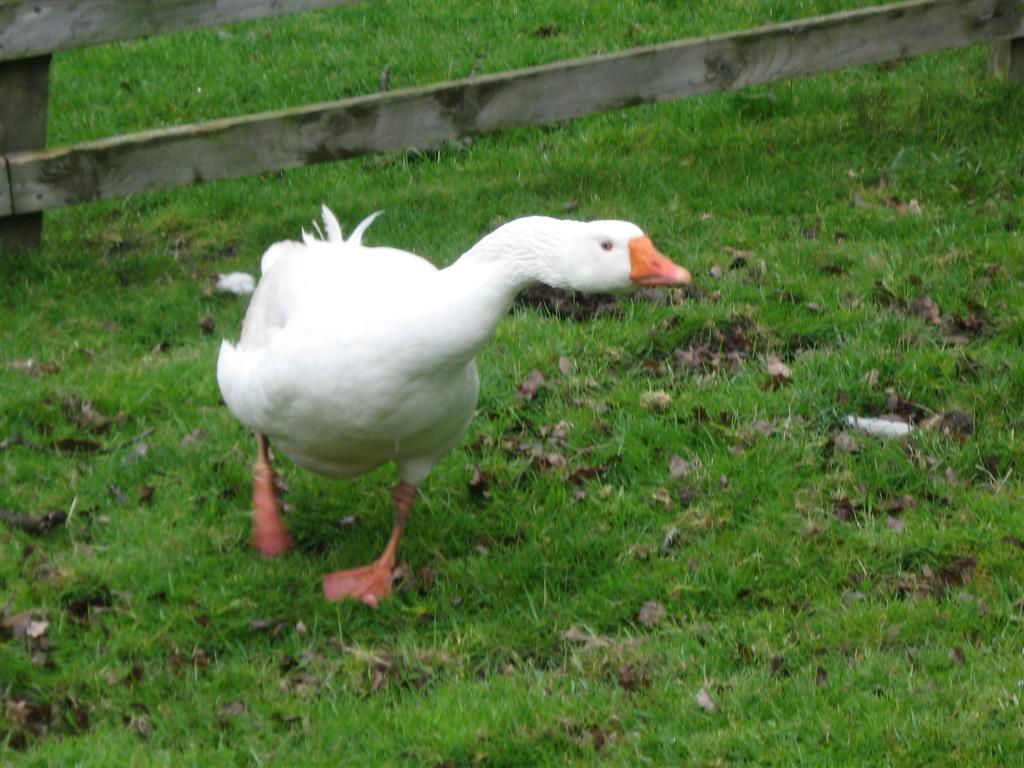Decoys
I was running along the narrow track that threaded its way along the grassy slope. The deer were feeding far below me. The rain the previous night had made the mud slick and my feet slipped at every pace. I was concentrating on the way ahead when a faint hissing from high above me made me stop and look up.
There high in the tree, a bird, no bigger than a sparrow, seemed to dangle. Its wings were spread and its tail was fanned and it rotated horizontally as if it were snagged on a fishing line.
I removed my binoculars from the back of my waistband, where I had tucked them, and identified the bird as a Great Tit. As I watched, it seemed to swing first one way then the other in the breeze. ‘It must be dead’, I thought.
But No! Every so often it would flutter its wings ineffectually. My next thought was, ‘It’s caught on something and can’t get free.’ But that wasn’t true either. As I watched, it hopped onto another twig and repeated the performance, wings and tail spread, turning on an imaginary breeze.
It continued the exhibition until it got close to the stump of a branch, where its dance elicited a chorus of plaintive whistles from what must have been its nest, but instead of hopping up to join its chicks, it remained there ‘as if’ dangling, quite resistant to their entreaties .
So what was going on? The bird clearly wasn’t damaged. It was some kind of display, but for whom and for what purpose. Surely not for me; I was thirty feed below and no threat. Was there a sparrowhawk around? I scanned the adjacent trees with my binoculars and could not see anything.
My guess is this was a decoy display. The bird was pretending to be injured in order to distract any would be predator away from chicks. But if that was the case, why did it keep hopping towards the nest?
Decoy displays are not unusual in ground nesting birds. On the high moors, I have been led down the path by a female grouse, dropping a wing to feign injury only to take off with a cackle when I was far enough away from her chicks to be safe. Curlews do something similar. They fly around in a state of high anxiety if you get too close to their chicks before alighting a few feet away and running off in the opposite direction. Lapwings do much the same, they fly off and alight at a safe distance uttering a hoarse pee-wit repeatedly to warn their chick to hunker down in the grass, where they instantly resemble a sheep dropping. Experience has taught me to stay still and scan the ground nearby, the intensity of the performance is directly proportional to the proximity of the chicks.
But today, I witnessed a different display of avian protection. While other geese were busy tending their chicks in the farmyard, one large solitary white goose had adopted a young mare as its sole charge. As I approached, it became very agitated, started hissing and then holding its neck out low to the ground, launched itself at me, a hissing missile, intent of grievous bodily harm. But this was more wuss than goose. A few yards from me it drew up and became all nonchalant, prodded the ground with its bill for a bit and then ran back to the oblivious mare, honking loudly with wings outstretched.
‘There, see what I’ve done. I’ve chased him off. He won’t bother you now.’
The mare looked up.
‘Oh thanks!’



